Table of content
Sweet and sour fish, or Cù Liū Yú in Mandarin, is a iconic Chinese dish that tantalizes taste buds with its harmonious blend of tangy, sweet, and savory flavors. This culinary masterpiece, rooted in Zhejiang cuisine, features crispy fried fish drenched in a glossy, vibrant sauce made from vinegar, sugar, and aromatic spices. While the dish may seem complex, mastering it requires patience, precision, and an understanding of balance. Below is a comprehensive guide to crafting this beloved recipe at home, from selecting the freshest ingredients to achieving the perfect glaze.
The Essence of Sweet and Sour Fish
At its core, Cù Liū Yú is a celebration of contrasts. The crispy texture of the fried fish contrasts with the velvety sauce, while the bright acidity of vinegar cuts through the richness of the frying oil. The dish’s name itself reflects this duality: Cù (醋) means vinegar, and Liū (溜) refers to a cooking technique where ingredients are quickly stir-fried and coated in a thickened sauce. Traditionally, whole fish is used to symbolize abundance and togetherness, making it a staple at banquets and festivals. However, modern adaptations often use fillets for convenience without compromising flavor.
Ingredients: Building Flavor Layers
To recreate this dish authentically, gather the following ingredients:
For the Fish:
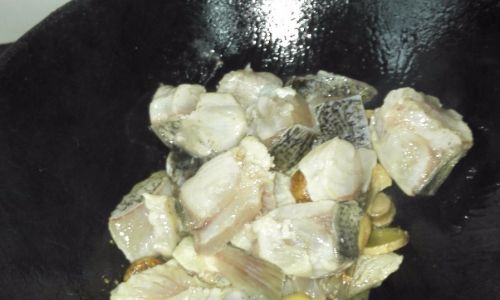
- 1 whole fresh fish (such as sea bass, carp, or trout) or 4–6 fillets (600–800g total)
- 2–3 tbsp cornstarch (for dredging)
- 1 tsp salt
- 1 tbsp Shaoxing rice wine (or dry sherry)
- Oil for frying (peanut or vegetable oil works best)
For the Sweet and Sour Sauce:
- 1/4 cup rice vinegar (or black vinegar for a deeper flavor)
- 3 tbsp sugar (adjust to taste)
- 2 tbsp light soy sauce
- 1 tbsp ketchup (optional, for color and mild sweetness)
- 1/2 cup water or fish stock
- 1 tbsp cornstarch (mixed with 2 tbsp water for slurry)
- 1 tbsp ginger (minced)
- 2 garlic cloves (minced)
- 1 red chili (deseeded and sliced, optional)
- 1/4 cup pineapple chunks (fresh or canned, optional)
- 1/4 cup diced bell peppers (red or green, for crunch)
- 2–3 spring onions (chopped, for garnish)
- 1 tsp sesame oil (for finishing)
Step-by-Step Preparation
Preparing the Fish
- Cleaning and Scoring: If using a whole fish, remove scales, guts, and gills. Rinse thoroughly under cold water. Pat dry with paper towels. Make shallow diagonal cuts on both sides of the fish (about 1 inch apart) to ensure even cooking and crispy skin. For fillets, slice them into 2-inch pieces if desired.
- Marinating: Rub the fish with salt and Shaoxing wine. Let it marinate for 15–20 minutes to remove any fishy odor and infuse flavor.
- Dredging: Lightly coat the fish in cornstarch, shaking off excess. This creates a脆皮 (crispy skin) when fried.
Frying the Fish
- Heating the Oil: Pour oil into a wok or deep fryer to a depth of 2–3 inches. Heat to 350–375°F (175–190°C). Use a thermometer for accuracy.
- Frying Technique: Gently lower the fish into the hot oil. For whole fish, fry skin-side down first for 4–5 minutes, then flip and cook the other side for 3–4 minutes until golden and crisp. For fillets, fry in batches for 3–4 minutes per side. Avoid overcrowding the pan to maintain oil temperature.
- Draining: Place the fried fish on a wire rack or paper towels to absorb excess oil. This ensures a non-greasy texture.
Crafting the Sweet and Sour Sauce
- Sautéing Aromatics: In a clean wok, heat 1 tbsp of frying oil over medium heat. Add minced ginger, garlic, and chili (if using). Stir-fry for 30 seconds until fragrant.
- Building the Sauce: Pour in the vinegar, sugar, soy sauce, ketchup (if using), and water. Stir to combine. Bring to a simmer.
- Thickening: Gradually add the cornstarch slurry while stirring constantly. The sauce should thicken to a syrupy consistency within 1–2 minutes. Adjust sweetness or tartness by adding more sugar or vinegar.
- Adding Vegetables: Toss in pineapple chunks and bell peppers. Cook for 1–2 minutes until tender-crisp.
Combining Fish and Sauce
- Glazing: Carefully place the fried fish onto a serving platter. Pour the hot sauce over the fish, ensuring it’s evenly coated. Garnish with spring onions and a drizzle of sesame oil.
- Optional Finish: For extra caramelization, briefly place the sauced fish under a preheated broiler (watch carefully to avoid burning).
Tips for Perfecting 醋溜鱼
- Fish Selection: Opt for fresh, firm-fleshed fish. Whole fish offers dramatic presentation, but fillets are easier to manage.
- Crispy Skin Secret: Double-fry the fish for ultra-crispiness. After the initial fry, let the oil reheat, then fry again for 1–2 minutes.
- Sauce Consistency: The sauce should cling to the fish without being gloopy. Adjust cornstarch if needed.
- Flavor Balance: Taste the sauce before adding it to the fish. It should be brightly acidic, subtly sweet, and savory—not cloying.
- Presentation: Arrange the fish on a bed of steamed vegetables or sautéed greens for a restaurant-quality plate.
Cultural Significance and Variations
Cù Liū Yú is deeply intertwined with Chinese culinary traditions. In Zhejiang province, where it originated, the dish is often served during Lunar New Year celebrations as a symbol of prosperity. The use of vinegar also reflects historical preferences for preserving and enhancing flavors.
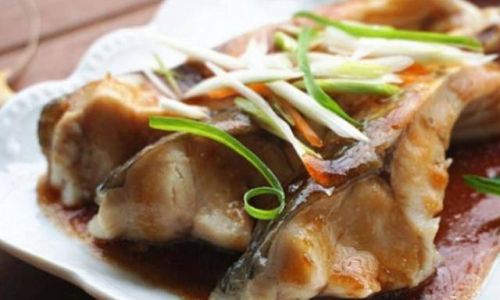
Modern adaptations have introduced creative twists. Some chefs replace pineapple with mango or lychee for a tropical flair, while others incorporate tomato paste for a deeper red hue. Vegan versions substitute the fish with crispy tofu or mushrooms, retaining the dish’s essence through the sauce.
Serving Suggestions
Pair sweet and sour fish with:
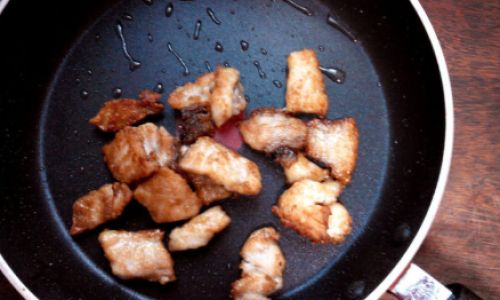
- Steamed Jasmine Rice: To soak up the sauce.
- Stir-Fried Bok Choy: For a crisp, fresh contrast.
- Wonton Soup: To cleanse the palate between bites.
- Fortune Cookies: For a playful nod to Chinese-American cuisine.
Troubleshooting Common Issues
- Soggy Skin: Ensure the oil is hot enough before frying. Avoid moving the fish too soon, as this can cause sticking.
- Bland Sauce: Amplify flavors with a pinch of salt or a splash of oyster sauce.
- Overcooked Fish: Fry in batches and monitor time closely. Thinner fillets cook faster than whole fish.
Conclusion
Mastering Cù Liū Yú is a journey into the heart of Chinese gastronomy, where technique meets tradition. While the recipe demands precision, the rewards are immense—a dish that dazzles the senses and connects diners to centuries of culinary heritage. Whether you’re hosting a feast or craving a comforting meal, this sweet and sour fish will undoubtedly become a cherished addition to your repertoire. So, gather your ingredients, embrace the sizzle of the wok, and savor the magic of 醋溜鱼.
Final Tip: Practice makes perfect. Don’t be discouraged by initial imperfections; even seasoned chefs refine their techniques over years. The key is to relish the process—and the delicious results.
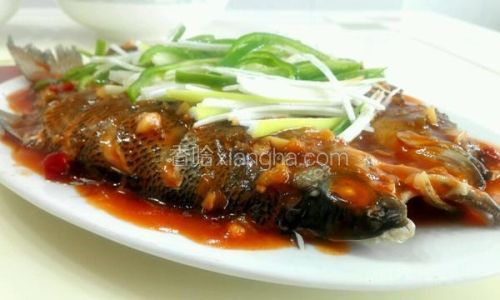
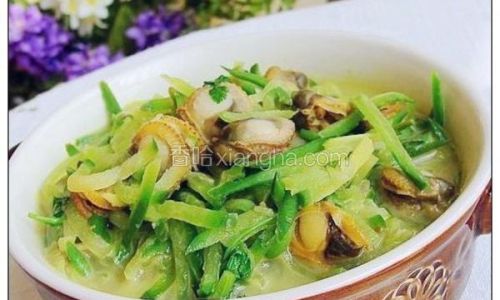
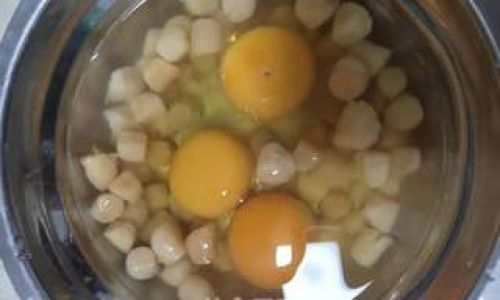
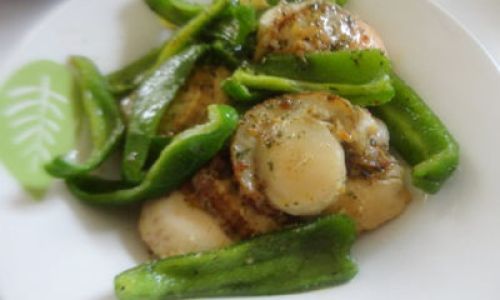
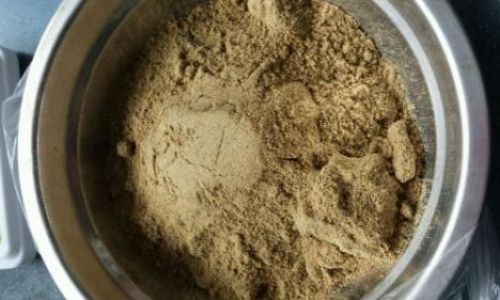
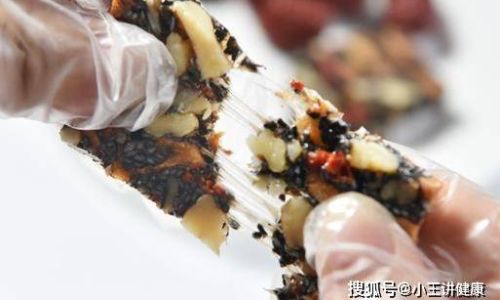
0 comments